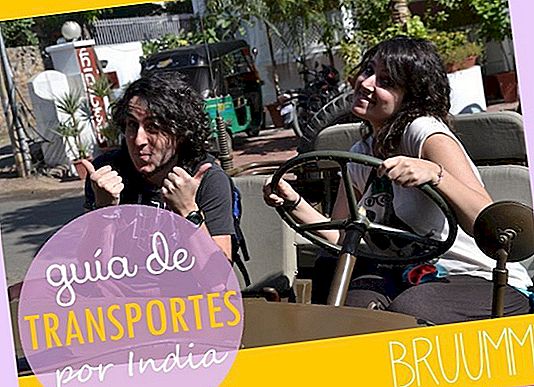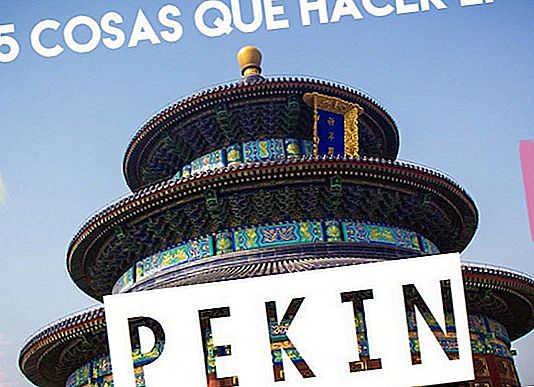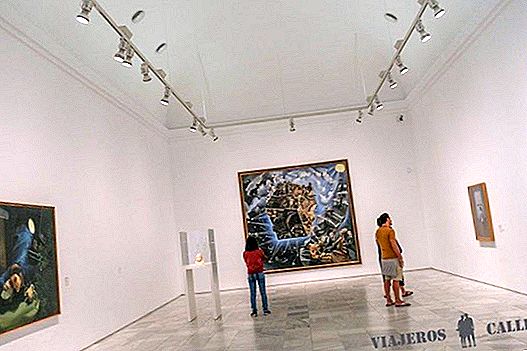
Transportation in India is very diverse. So far we have taken trains, buses, tuctuc, rickshaws, taxis, motorcycles, camels, jeeps, and even cars! Which one to catch and in what situations it depends on you. But here we tell you a little our experience.
It is the most common means to travel between large and medium distances. Also in many of them you will have the possibility to choose between several classes, from an AC1 with the young men, to the sleeper with the rest of mortals and the occasional backpacker. We advise you to make the reservation several days in advance (if it is a week better than better), because in many cases the trains are complete and you will have to live the uncertainty of being on the Wait List. The prices are very cheap if you travel in sleeper (a 10-hour trip can leave for about 500 rupees).
- More info about trains in India.
- More information on how to register on the Cleartrip page.

A good alternative to the train. We can differentiate two types: local and tourist:
Local bus
For short distances (up to 5 or 6 hours at most). They are tartanas of the year of the polka, which usually stops in every cow poop that it finds along the way and they are not excessively comfortable. Even so, they seem like a great option to move between points that are not far apart. It is very fun especially the stops in the villages where they leave you a few minutes to buy food (the best gulabs jamons are found in this way). It is not necessary to book them, just go to the station, ask several people until you arrive at the correct ticket office (they are usually numbered depending on the destinations) and buy the ticket there, or even go directly to the bus and buy it there. The seats may be numbered or not, depending on the route. We on trips of more than 3 hours have always had a numbered seat. Women have a 30% discount on all these buses.
Touristic bus
To travel long distances. We have used it whenever we have not found train tickets. They are buses more similar to those we are used to, more comfortable and spacious than the previous ones. They may or may not have AC. We recommend the sleeper option, with private cabins for one or two people quite comfortable and with plenty of space. In some cases they give bed linen and come with a plug. The worst… the bumps in the road! Although in the end you fall asleep from pure tiredness. The last one we took was 18 hours and we found it very short. They usually stop once or twice for dinner and do your little things. The price is higher than the train although it depends a lot on the number of companies that cover that route and the competition in terms of agencies and, as always, the time of the year that touches you (a trip of 12 or 15 hours can cost around 1,000 rupees). To book we have always done it through agencies, one day in advance. Sometimes the prices were lower as the departure day approached, but we do not know if it is a general rule. It can also be booked through Cleartrip.

The best way to get around the city. There are two types: shared and private.
Shared tuctuc
Pick up several people who go to sites in the same area. They usually have fixed prices (5, 10 or 20 rupees). There are some who always do the same route (as if they were urban buses) and others who change the route depending on the customers. It is quite complicated to catch them, especially in stations and tourist points, because drivers will always want to take you only for a higher price. We have used them when we traveled with Indian people who negotiated with them, and when we took the one that made an established route.
Private tuctuc
There are them everywhere and ignoring them will be one of the first things you will learn in India. Of course, when you need them the most are never! We recommend asking at the hotel how much it costs to travel, and once in the street negotiate with several (even at the same time!). A displacement of 5 kilometers should not cost more than 60 or 80 rupees, however prices vary greatly from one place to another (in Delhi for example they are much cheaper than in other places). In some cities like Mumbai or Aurangabad they have "meter", which is usually more profitable than negotiating the price, although they do not always want to put it. The flag drop is around 12 or 15 rupees, which cover the first and a half kilometers or so, from there it rises approximately 10 rupees per km. There is the option of hiring a tuctuc for half a day or full day, to visit different points of a city. Half a day should not cost more than 300 rupees (but it is the usual, it depends on the site, the distances, the stops you want to make ...)

We have seen them in a few cities and we have not used them much (if we are sorry for the little man ... although he will want to give less grief and take us!). Good for very short distances where the traffic is intense or you don't know very well the road through the chaos of the city. They are very cheap, about 20 rupees a displacement of 15 minutes.

Another very good option to move in town. Although you can find yourself standing a good time in the middle of traffic and without AC. But even so it is more like the tuctuc. The flag drop is around 20 rupees and one for every km is 10-15 rupees more. In this category we can also talk about car rental with driver, to make areas or complete states (for example the Rajastan) in several days. We have not used it.

In the part of Rajastan we have not dared, because the traffic is quite chaotic and gives us a bit of caguitis. Pulling further south, on the beaches of Palolem (Goa) and Gokarna it is much quieter and you can drive without problems. The price is around 300 INR for a scooter and about 350 INR for one of gears. It is always negotiable, of course.

Of the rest of transports it is not necessary that we comment anything, you will find them along the way!











